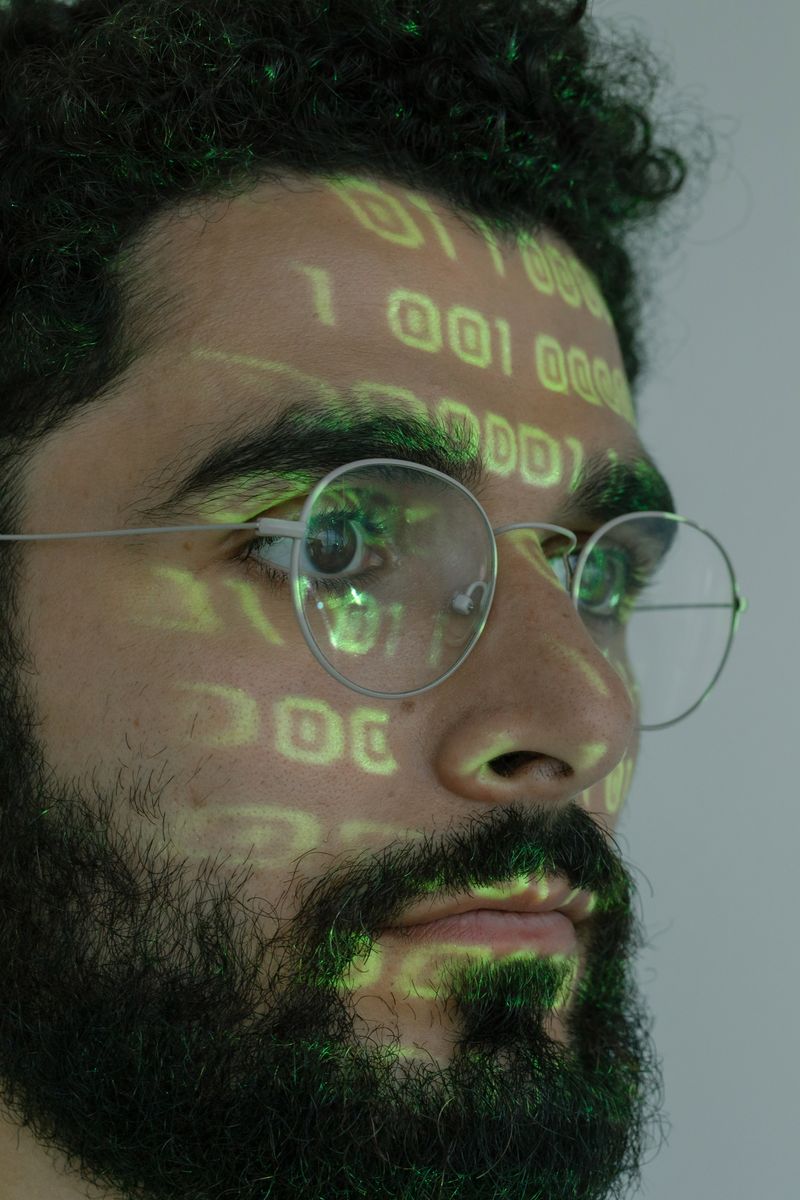Report: Sophisticated Backdoor “Deadglyph” Used in Middle East Cyber-Espionage Attack
Introduction
Researchers at ESET have recently uncovered a highly advanced backdoor called “Deadglyph” that was used in a cyber-espionage attack against a government agency in the Middle East. This backdoor is believed to be the work of Stealth Falcon, a state-sponsored advanced persistent threat (APT) group based in the United Arab Emirates (UAE). The attack used homoglyphs, which are characters similar in appearance to standard Latin characters, to mimic the name of technology giant Microsoft. The use of homoglyphs in this manner showcases the group’s sophistication and demonstrates their intent to evade detection.
The Deadglyph Backdoor
One of the notable features of the Deadglyph malware is its unusual architecture. Instead of receiving traditional backdoor commands from a binary, Deadglyph dynamically receives its functions from a command-and-control (C2) server in the form of modules. These modules, which use Windows and custom Executor APIs, provide the backdoor with various capabilities including loading executables, file operations, token impersonation, and encryption and hashing. This modular approach allows the threat actors to create customized attacks by developing additional modules as needed. Three out of nine modules have been uncovered so far, suggesting that researchers have yet to fully comprehend Deadglyph’s complete range of capabilities.
Furthermore, Deadglyph incorporates anti-detection mechanisms to evade security measures. It continuously monitors system processes and implements randomized network patterns, making it difficult for security analysts to identify and track. This level of stealthiness aligns with the APT group’s name, “Stealth Falcon,” highlighting their commitment to remaining undetected during their cyber operations.
Stealth Falcon’s Targeting and History
Stealth Falcon, also known as Fruity Armor or Project Raven, has a history of targeting political activists, dissidents, and journalists in the Middle East. Their attacks are focused on compromising sensitive information and monitoring the activities of individuals who pose a threat to the interests of the UAE government. This latest attack, which took place somewhere in the region of the Anatolian and Arabian peninsulas, demonstrates their continued efforts to expand their cyber-espionage activities.
Implications and Recommendations
The discovery of Deadglyph and its association with Stealth Falcon highlights the ongoing threats faced in the realm of cybersecurity. State-sponsored APT groups such as Stealth Falcon possess extensive resources and capabilities, allowing them to develop highly advanced and evasive malware. As these attacks become more targeted and sophisticated, it is crucial for organizations and governments to strengthen their cybersecurity measures.
To mitigate the risk of falling victim to targeted attacks like Deadglyph, it is essential to follow best practices for internet security. This includes regularly updating operating systems and software, utilizing strong and unique passwords, enabling multi-factor authentication, and implementing robust network security measures. Additionally, organizations should consider conducting regular security audits and assessments to identify vulnerabilities and address them promptly.
In response to emerging threats in the cyberspace, governments and international organizations should collaborate to establish stronger regulations and frameworks to deter and penalize state-sponsored cyber-espionage. This would involve increasing transparency and accountability in cyber operations while fostering cooperation between nations to share information and intelligence regarding cyber threats.
Furthermore, the cybersecurity industry must continue to invest in research and development to stay ahead of advanced threats. Development of advanced detection systems that can identify and analyze sophisticated malware like Deadglyph will be critical in mitigating the risks posed by state-sponsored APT groups.
In conclusion, the discovery of the Deadglyph backdoor reveals the evolving tactics and capabilities of state-sponsored cyber-espionage groups such as Stealth Falcon. This incident reinforces the need for increased vigilance and investment in cybersecurity measures to protect against advanced threats. Stakeholders must remain proactive in their efforts to enhance internet security and establish stronger cooperative frameworks to deter and respond to state-sponsored cyber threats effectively.

<< photo by Tima Miroshnichenko >>
The image is for illustrative purposes only and does not depict the actual situation.
You might want to read !
- The Haunting of Autonomous Vehicles: A Cybersecurity Researcher’s Eerie Discovery
- The Cult of the Dead Cow: Digital Mavericks Rescuing the Internet
- Gelsemium: Uncovering the Covert APT Targeting Southeast Asian Government
- The Escalating Cyber Threat: Analyzing Iranian Nation-State Actor OilRig’s Attacks on Israeli Organizations
- Iranian Cyberspies Unleash New Backdoor: 34 Organizations Targeted
- Rise of Chinese-Speaking Cybercriminals: Inside the Large-Scale iMessage Smishing Campaign in the U.S.
- Why Improving Cyber Hygiene is Crucial in the Fight Against Sophisticated Cyberattacks
- Unveiling the Menace: BBTok Banking Trojan Strikes Latin America
- The Snowden Files: Unlocking The Truth Beneath the Surface
- The Growing Threat of Predator Spyware: Zero-Days and MitM Attacks Exploit iOS and Android Devices
- Predator Spyware: Exploiting Zero-Days and MitM Attacks to Invade iOS and Android Devices
- China’s Digital Empowerment Strategy in Africa: Unraveling the Complexities of Offensive Cyber Operations
- Exploring the Elusive Sandman: Uncovering a New APT Group Targeting Telcos with LuaJIT Malware
- Exploring the Impact of Nigerian Guilty Plea in Million-Dollar BEC Scheme
- The True Price of Compromised Credentials: Are You Prepared to Pay?




